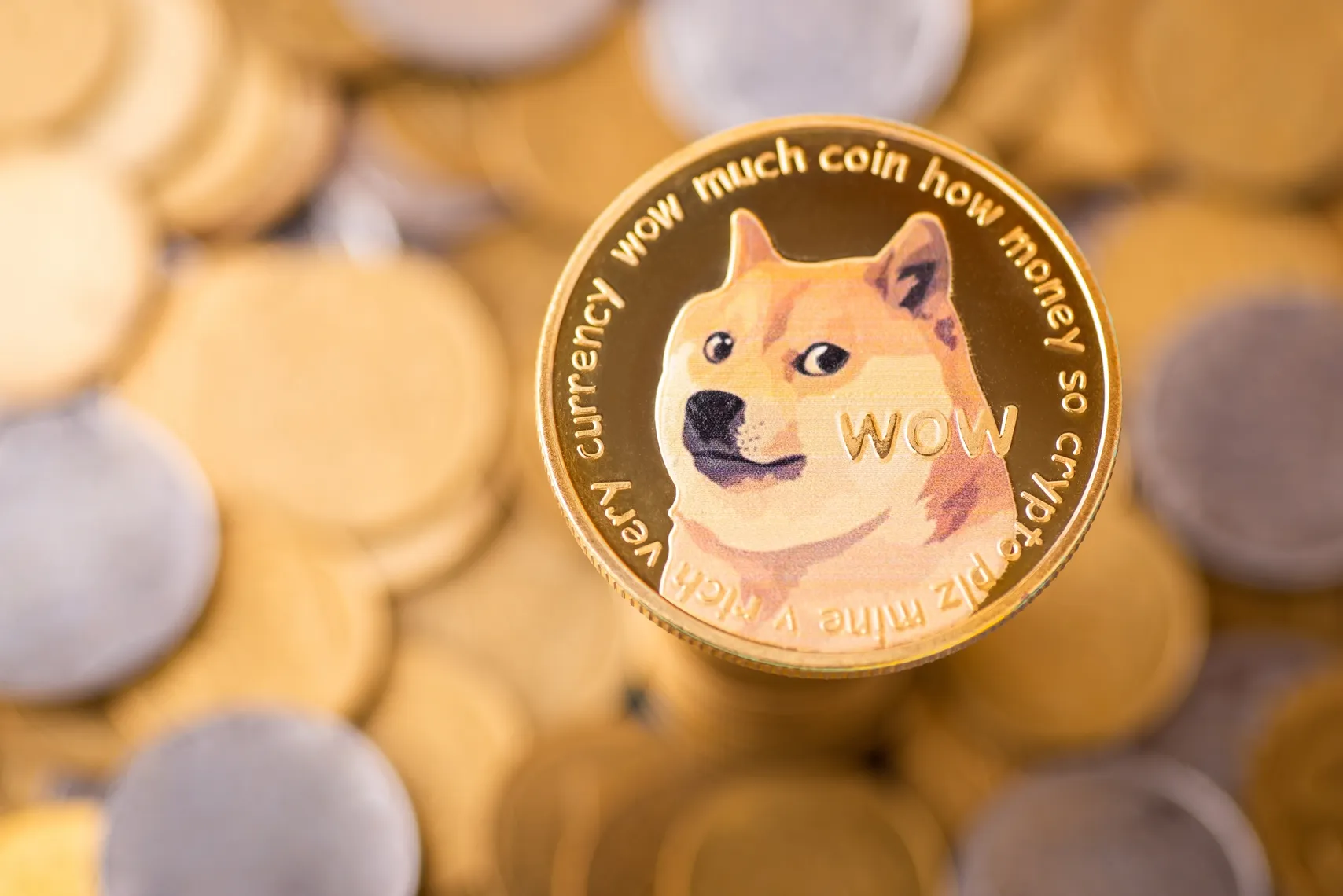Who owns the most Dogecoin in 2025? Biggest whales revealed
Originally created as a parody of the crypto market, Dogecoin has since developed a loyal community and a lasting presence in digital finance.
Recent blockchain data indicates that major exchanges, including Robinhood and Binance, are among the largest known holders of Dogecoin, underscoring the cryptocurrency’s concentrated ownership structure. This distribution offers insight into Dogecoin’s liquidity, accessibility, and position within the wider digital asset market.
What is Dogecoin?
Dogecoin (DOGE) is a peer-to-peer cryptocurrency launched in 2013 as a light-hearted counterpart to bitcoin. Created by software engineers Billy Markus and Jackson Palmer, it was inspired by the viral Shiba Inu 'Doge' meme.
Built on similar technology to Litecoin, Dogecoin offers fast, low-cost transactions on its own blockchain. What began as a parody of the crypto market soon attracted an active community, using DOGE for tipping, donations, and small online payments.
The project remains open source and decentralised, maintained by volunteer developers and supported by the Dogecoin Foundation, which manages its trademarks and governance.
Past performance is not a reliable indicator of future results.
Dogecoin supply
Unlike bitcoin, DOGE does not have a capped supply. It remains an inflationary cryptocurrency, with a fixed annual issuance that supports network participation and mining incentives.
Dogecoin’s supply model ensures that 10,000 DOGE are added per block, equating to roughly 5 billion new tokens each year. Developers note that this model encourages ongoing miner engagement while limiting hoarding.
As of November 2025, the total circulating supply is around 151.7 billion DOGE, according to blockchain data (CoinMarketCap, 12 November 2025). All mined coins are already in circulation, making DOGE one of the largest cryptocurrencies by supply.
Who owns the most Dogecoins?
As of November 2025, blockchain data shows that the single largest holder is the Robinhood cold wallet, containing about 27.16 billion DOGE – approximately 17.9% of total supply.
The top 10 Dogecoin addresses together hold more than 60% of all DOGE in circulation, highlighting the high concentration of ownership.
| # | Address | Share of circulating supply (%) | DOGE (approx.) | Owner |
|---|---|---|---|---|
| 1 | DEgDVFa2DoW1533dxeDVdTxQFhMzs1pMke | 17.90 | 27.16 billion | Robinhood – Cold Wallet |
| 2 | DE5opaXjFgDhFBqL6tBDxTAQ56zkX6EToX | 7.21 | 10.94 billion | Binance |
| 3 | D8ZEVbgf4yPs3MK8dMJJ7PpSyBKsbd66TX | 6.91 | 10.49 billion | Upbit – Cold Wallet |
| 4 | DDTtqnuZ5kfRT5qh2c7sNtqrJmV3iXYdGG | 3.31 | 5.03 billion | Cryptsy |
| 5 | AC8azEyeWHk1L7XKvyeBjJtVwRwXgmP5hQ | 2.10 | 3.19 billion | Private holder |
| 6 | DDuXGMFNGpGjaAqyDunSMvceMBruc1wwKF | 1.46 | 2.21 billion | Robinhood – Cold Wallet |
| 7 | DGmzv39riELTuigZCUD6sWoHEHPdSbxdUB | 1.40 | 2.12 billion | Binance |
| 8 | DDogepartyxxxxxxxxxxxxxxxxxxw1dfzr | 1.22 | 1.85 billion | Dogeparty – XDP Burned |
| 9 | DU8gPC5mh4KxWJARQRxoESFark2jAguBr5 | 0.81 | 1.23 billion | Binance |
| 10 | A1D5sbS86TMJxwGT5q2oTWkXXLfgJ5j8up | 0.80 | 1.21 billion | Private holder |
Source: BitInfoCharts, 12 November 2025.
Combined, the top five addresses hold around 37% of the total DOGE supply, while the top 10 control just over 60%.
Most of these large wallets are controlled by exchanges or custodians rather than individual investors, representing collective client holdings rather than single private accounts.
How could ownership concentration influence DOGE?
- Dogecoin’s distribution data shows that most wallet addresses (around 36%) hold less than 0.1 DOGE, while fewer than 200 wallets hold over 70% of the total supply.
- The dominance of exchange and custodian wallets indicates that Dogecoin’s liquidity is primarily managed through large trading platforms rather than a few individual 'whales'.
- While ownership remains concentrated, this also shows that DOGE has matured into a widely held digital asset with established institutional infrastructure and steady retail participation.
- A high share of DOGE held on exchanges can amplify the impact of large inflows or withdrawals but also improves overall market accessibility and trading efficiency.
As with all cryptocurrencies, past ownership trends and market movements do not indicate future performance.
Key takeaways
Dogecoin’s largest wallets continue to be dominated by exchanges such as Robinhood and Binance, which collectively hold a substantial share of the total supply. While this concentration can influence short-term liquidity, it primarily reflects custodial operations rather than centralised control.
Despite its origins as a memecoin, Dogecoin remains one of the most traded and widely recognised digital assets, supported by an active community and broad global participation.
Past performance is not a reliable indicator of future results.
Create an account Open a demo account
FAQ
How many Dogecoin holders are there?
As of November 2025, there are over 4.58 million Dogecoin addresses with a positive balance, according to leading blockchain explorers. However, only a small proportion currently hold coins. Many addresses remain inactive and are excluded from active holder counts.
Can you trade Dogecoin CFDs?
Yes, traders can gain exposure to Dogecoin’s price movements through contracts for difference (CFDs) without owning the underlying cryptocurrency. CFD trading allows users to take a position on whether the DOGE price will rise or fall. It’s important to remember that CFD trading involves margin, and leverage can amplify both potential gains and losses. As with all leveraged products, traders should fully understand the associated risks before opening a position.
What factors influence Dogecoin’s price?
Dogecoin’s price is shaped by several factors, including overall market trends, trading volumes, and exchange activity. Broader developments such as regulatory updates, network upgrades, or public endorsements can also contribute to short-term volatility. Over time, liquidity, adoption, and network participation tend to play a greater role in determining DOGE’s value in the market.